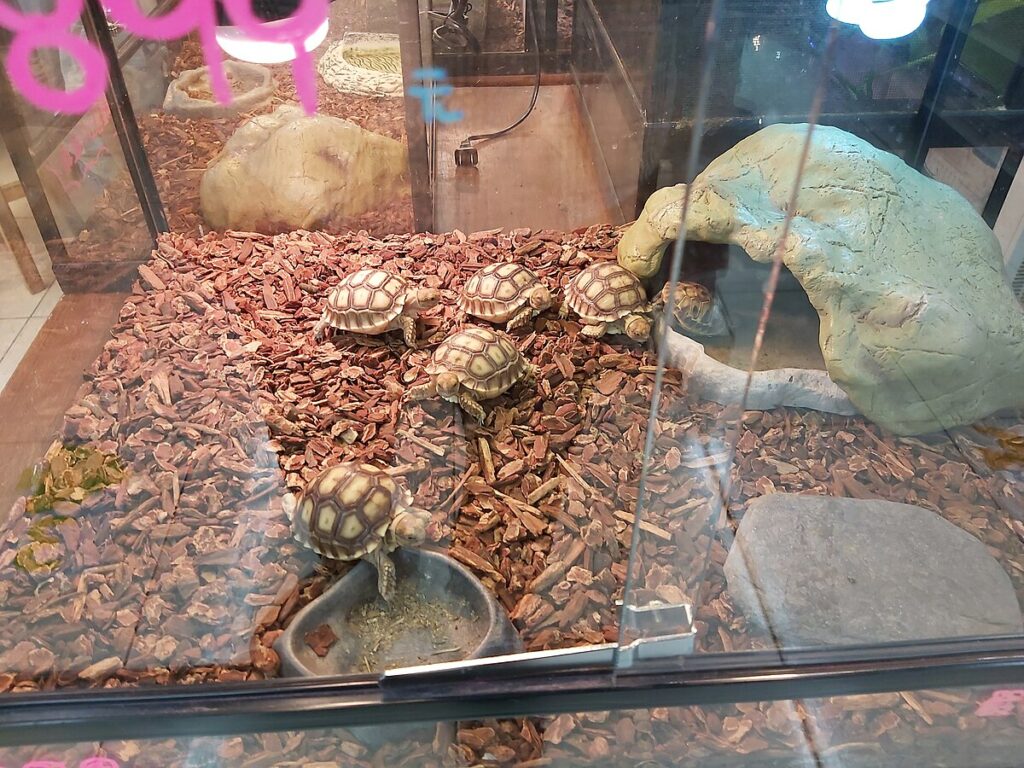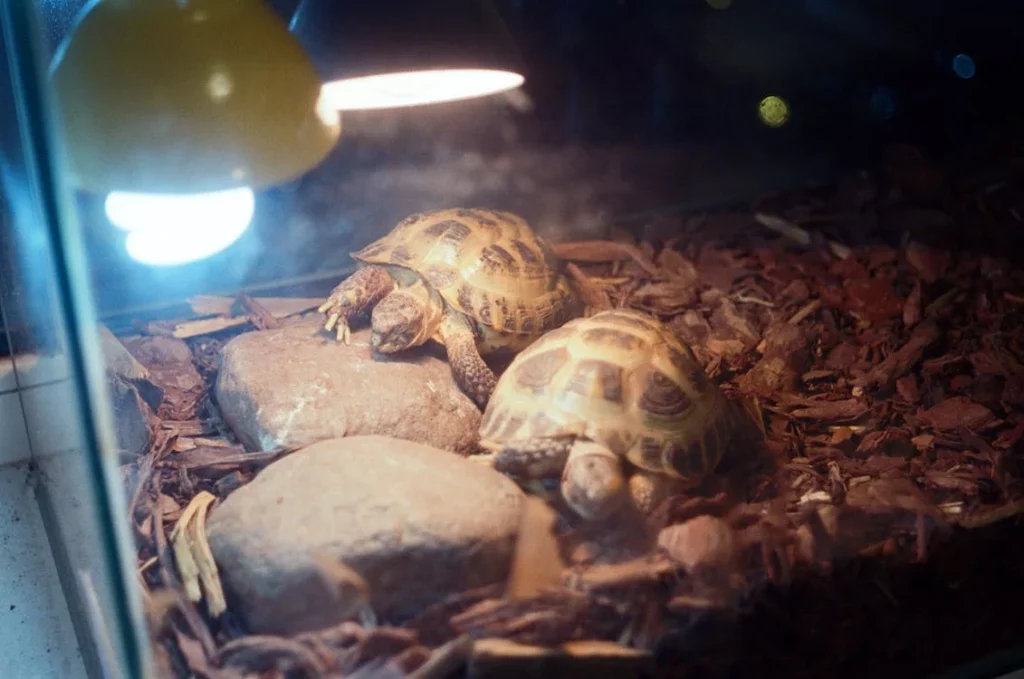For those who find themselves caring for these long-lived, unique reptiles known as tortoises, suitable accommodation is critical. Regardless of the many species available, understanding the specific requirements of these creatures can ensure a contented, healthy pet, whether they’re indoor companions or outdoor explorers. If you’re venturing into the fascinating world of tortoises, prepare to learn more about their dietary needs, and equally important, their housing requirements.
What You Should Know About Tortoise Care

When you think back to your youth, you might remember an intriguing tortoise casually passing through your garden. While a humble box or aquarium, some fresh greens, and a sturdy rock may have sufficed back then, there’s a lot more to proper tortoise care. This guide will delve into the essentials, from food to the perfect tortoise housing.
Key Aspects of a Tortoise’s Diet

Certainly, your reptilian friend’s diet needs to be tailored according to its species. It’s crucial to consult with a reputable seller or vet regarding nutritional requirements. A diet consisting mainly of leafy green vegetables such as kale, lettuce, and clover is commonly recommended. Occasional supplements of fruits, dandelions, and mealworms are also beneficial.
Remember, avoid high protein foods like liver, raw chicken, or pet food in large quantities. These should only be sparingly added to their diet to prevent health issues.
The Important Aspects of Tortoise Housing

Your choice of abode for your tortoise can be simple or elaborate, indoors or outdoors. Yet, certain key considerations always come into play.
- Understand your tortoise species as this influences housing requirements.
- Give your friend some privacy, which promotes regular behavior.
- Ensure safety from possible predators, kids, or other pets by making the housing secure..
Building Your Tortoise Housing

Although there’s a variety of ready-made tortoise accommodation on the market, designing your own can also be rewarding and cost-effective. Here are a couple of examples for both indoor and outdoor tortoise housing:
Indoor Housing
Most tortoises thrive better outdoors, yet some small varieties can comfortably reside inside.
- Create the walls of your tortoise pen using nailed together 2×4’s.
- Position the frame over linoleum flooring and secure with nails. Install in an area with substantial sunlight and little foot traffic.
- Once in place, repeat the wall creation process until you reach twice the length of your tortoise in height. Secure the frames by drilling from the top down on both ends and securing with long screws.
- Include inside the enclosure items such as a water bowl, rocks, and greenery over a dirt floor.
- Finish your indoor enclosure with a secure heat lamp overhead.
Outdoor Housing
Outdoor habitats follow a similar creation process, with just a few variations:
- Select an outdoor area with plenty of sunlight and minimal moisture.
- Follow the same wall creation and securing process – the earth will act as the floor.
- Add rocks, greenery, and a water bowl. A heat lamp is not necessary, but during cold weather, providing a heat source or taking your tortoise inside is advised.
- Finalize the outdoor enclosure with small wire mesh covering for security.
Adequate tortoise housing ensures the health and contentment of your shelled friend, making the time, expense, and effort an undeniably worthwhile endeavor.